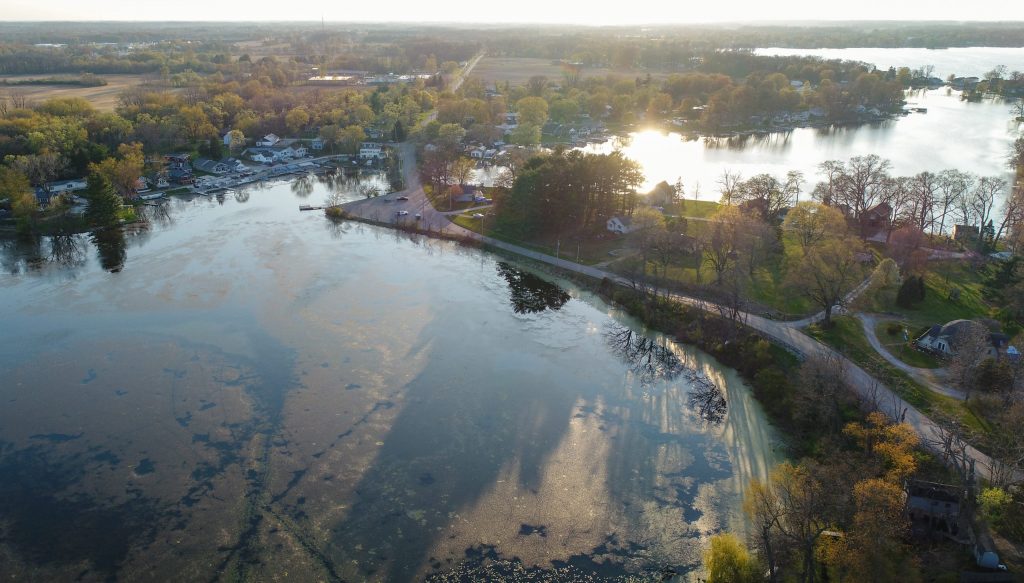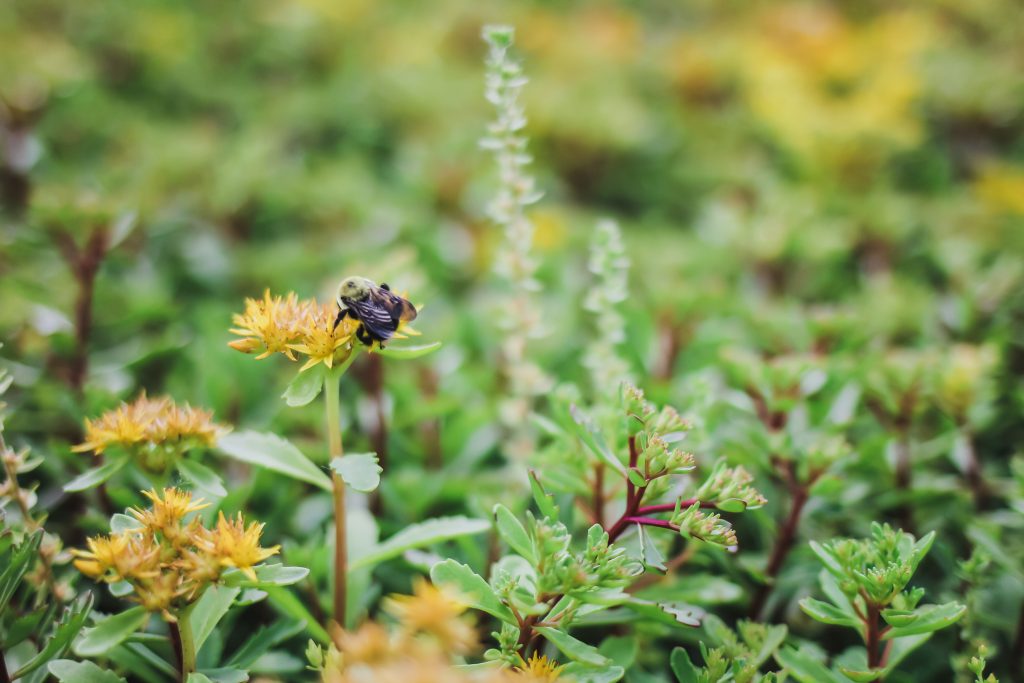What your stored decorations & lake nutrients have in common
During warmer months, your family probably stores autumn and winter decorations in the attic or basement.
Around the holidays, these decorations make special appearances when they are needed most: pumpkins at Halloween, turkeys at Thanksgiving, and stockings at Christmas. You might be surprised to learn that the aquatic ecosystems in each of our local lakes do something similar, but with nutrients.

What are lake nutrients?
Nutrients are substances that plants use as fuel.
They are found in most everything, and are especially available during decomposition. Around lakes, nutrients commonly enter the water through eroding shorelines, lawn and garden fertilizers, grass clippings… and leaves! They fall from the trees during autumn, having lost their chlorophyll (that green color) and becoming brittle. Then the leaves decompose and release their nutrients.
When leaves are put in a local lake during the fall – either because they blow in or are dumped there – they become a stored nutrient, just like your winter decorations during the summer. You do not use holiday decorations year-round, and neither will nutrients get used until they are needed most.

How stored nutrients cause problems
Stored lake nutrients become a problem when the weather warms up.
Algae and weeds are primarily dormant during the winter, but when spring comes and ice melts away, these plants use stored nutrients to flourish. That frequently results in algae blooms and an overabundance of weeds… both of which can harm animals in the lake and prevent your ability to fully enjoy the lake!
This year, collect your leaves for removal according to your local guidelines, or use them to create a healthy compost pile. Be sure not to sweep them into the street, as they can clog storm drains and cause other problems. Leaves are also an excellent way to naturally enrich the soil in your garden! In any case, be sure not to dispose of them in your lake. Even though the impact of proper leaf disposal will not be immediately visible, you are helping your lake and its inhabitants stay healthy.

Nutrients contribute to blue-green algae blooms.
Blue-green algae can product microcystin, a toxin that can be harmful to people and pets. Blue-green algae, like other species of algae and aquatic weeds, thrive on excess nutrients!